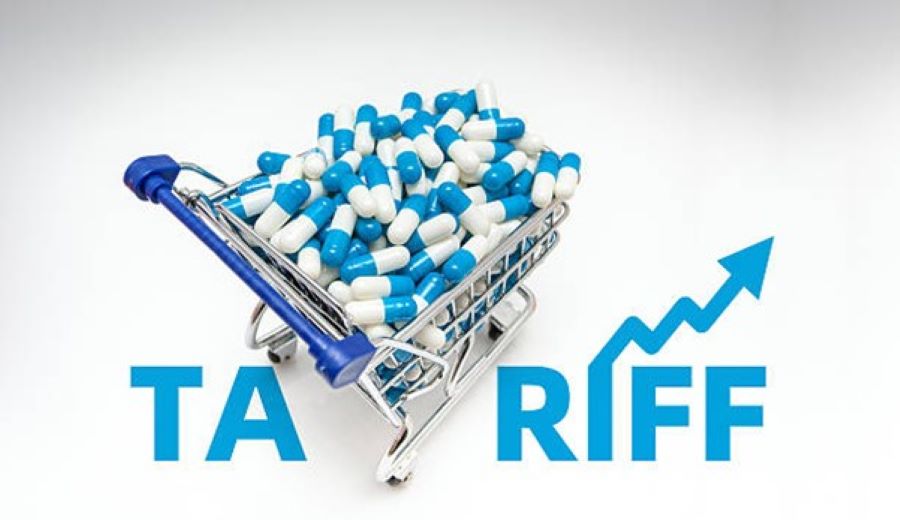Tariffs, Supply Shocks, and Price Wars: The New Cost Reality for Biopharma
The global biopharmaceutical sector is entering one of its most cost-sensitive periods in decades. Escalating tariffs, raw material volatility, and fragile supply chains are converging with mounting price pressures from healthcare systems worldwide. For researchers, supply chain professionals, and executives alike, the question is not if costs will rise, but how to sustain innovation while staying competitive.
Implication: R&D budgets face disruption, as rising input costs directly affect feasibility and timelines.
The pandemic era exposed vulnerabilities in pharmaceutical supply chains, and the ripple effects remain. Port closures, freight bottlenecks, and rising shipping fees add uncertainty to procurement cycles. For time-sensitive biopharma products, even short delays can mean significant financial losses or compliance risks.
Implication: Supply chain resilience is no longer a nice-to-have; it is central to operational survival.
Global healthcare systems are demanding lower drug prices, even as development costs rise. Governments and payers are scrutinizing value-based pricing models, pushing biopharma firms to deliver cost efficiency while maintaining quality and safety.
Implication: Companies must find savings in operations, as downward pricing pressure is unlikely to ease.
Biopharma companies operate in one of the most tightly regulated industries. New compliance requirements, especially for biologics and advanced therapies, add layers of documentation, audits, and validation. Delays or errors in regulatory filings can drive up costs significantly.
Implication: Inefficiencies in regulatory processes are no longer affordable. Every compliance hurdle adds both time and expense.
Innovation remains the lifeblood of biopharma — yet the cost of innovation is rising. Clinical trial complexity, specialized biologics production, and advanced formulation requirements are consuming more resources. Traditional cost-cutting methods, such as reducing R&D spend or headcount, risk undermining long-term competitiveness.
Implication: The challenge is finding ways to innovate smarter, not cheaper.
While these pressures are reshaping the industry, solutions exist for companies willing to adapt. DKSH helps biopharma partners achieve cost efficiency without compromising innovation or compliance through:
- Optimized Supplier Networks: Leveraging global reach to secure competitive pricing and mitigate tariff impacts.
- Tail-End Management
- End-to-End Supply Chain Services: Consolidating logistics and improving visibility to reduce costs and risks.
- Regulatory Expertise: Streamlining compliance processes to minimize delays and associated expenses.
- Technical Expertise: Supporting R&D through innovation centers that optimize formulations, reduce material waste, and accelerate market readiness.
The biopharma industry is at a crossroads: rising costs and regulatory complexity demand new approaches to efficiency. For research teams and executives alike, the imperative is clear — strengthen supply chains, rethink sourcing strategies, and adopt smarter innovation models.
With its dual strength as a global player and a local partner, DKSH provides the tools, networks, and expertise biopharma companies need to navigate uncertainty, reduce costs, and secure long-term resilience.




